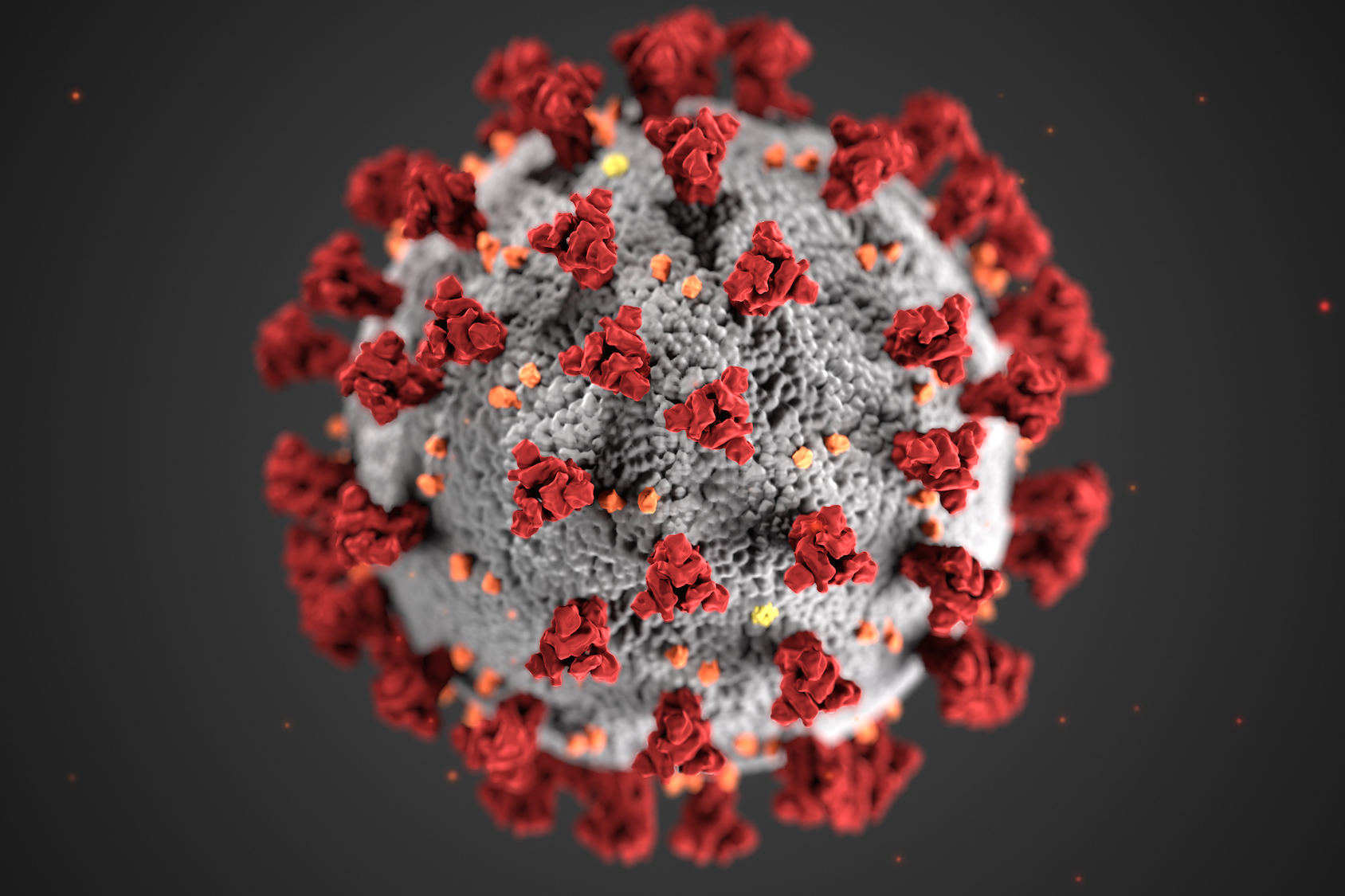More than 40 percent of COVID-19 cases in the United States have occurred in nursing homes, and new research indicates that healthcare worker unionization correlates with lower mortality rates and infection rates at those facilities.
In nursing homes where healthcare workers were unionized, according to a study released Thursday, the mortality rate for COVID-19 was 30 percent lower than in facilities without organized staff. Unionized nursing homes also saw a 42 percent decrease in coronavirus infection rates among residents.
The research team, which George Washington University professor Adam Dean headed, analyzed 355 nursing homes in New York between March 1 and May 31. They utilized publicly-available COVID-19 mortality data from the New York State Department of Health as well as union enrollment data from a number of state unions, such as the New York State Nurses Association.
They found that, in addition to the decreased mortality rate, that unionized nursing homes had better protections for their workers. For example, workers in unionized facilities were about 14 percent more likely to have N95 masks and about 7 percent more likely to have eye shields.
Labor unions have advocated for infection control policies as well as worker access to personal protective equipment to safely respond to the pandemic.
“Our results suggest that unions may have reduced COVID-19 deaths among nursing home residents by successfully demanding PPE for health care workers,” the authors said. “Health care worker unionization may play an important role in ensuring access to appropriate PPE and implementing infection control policies that protect vulnerable nursing home residents.”




